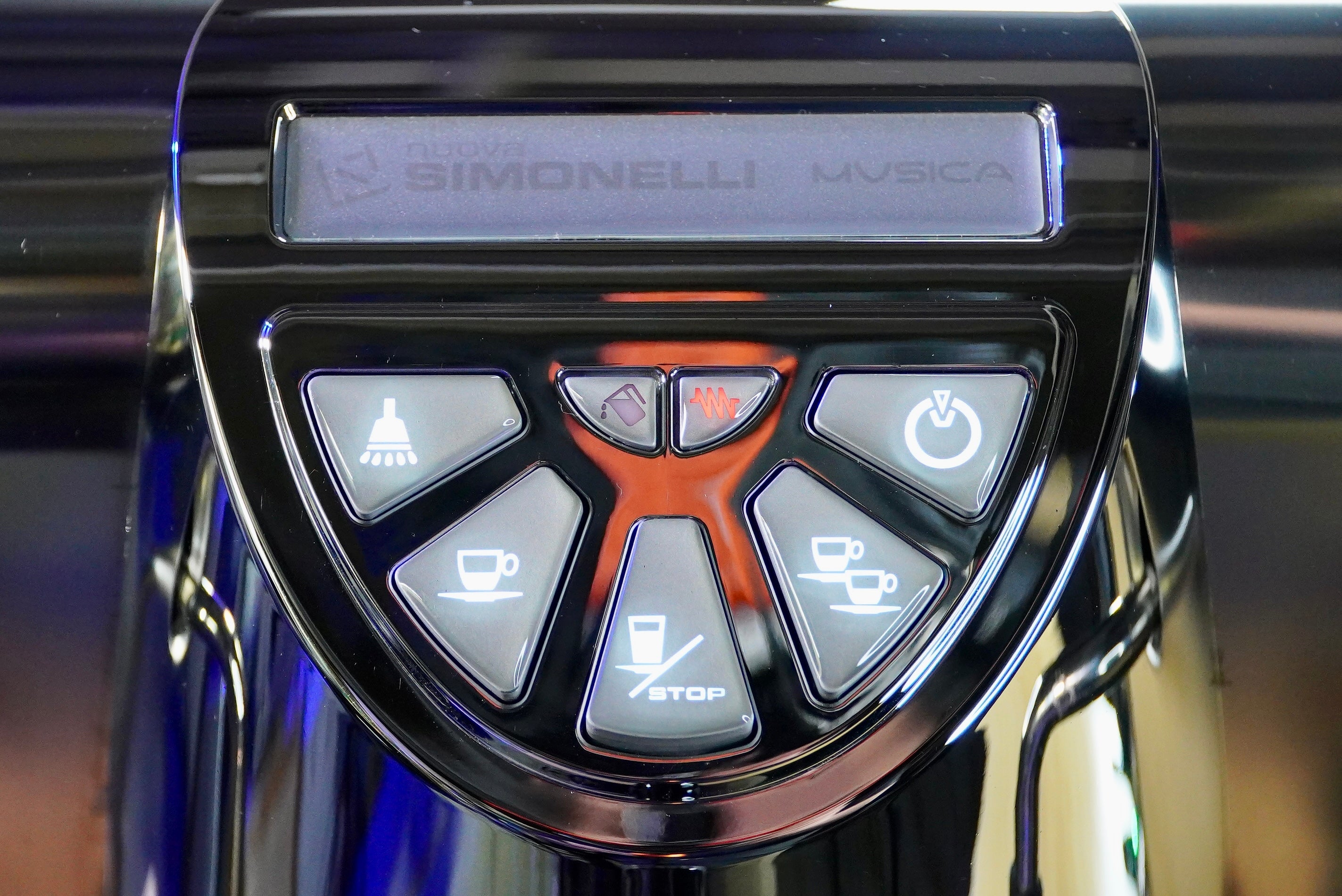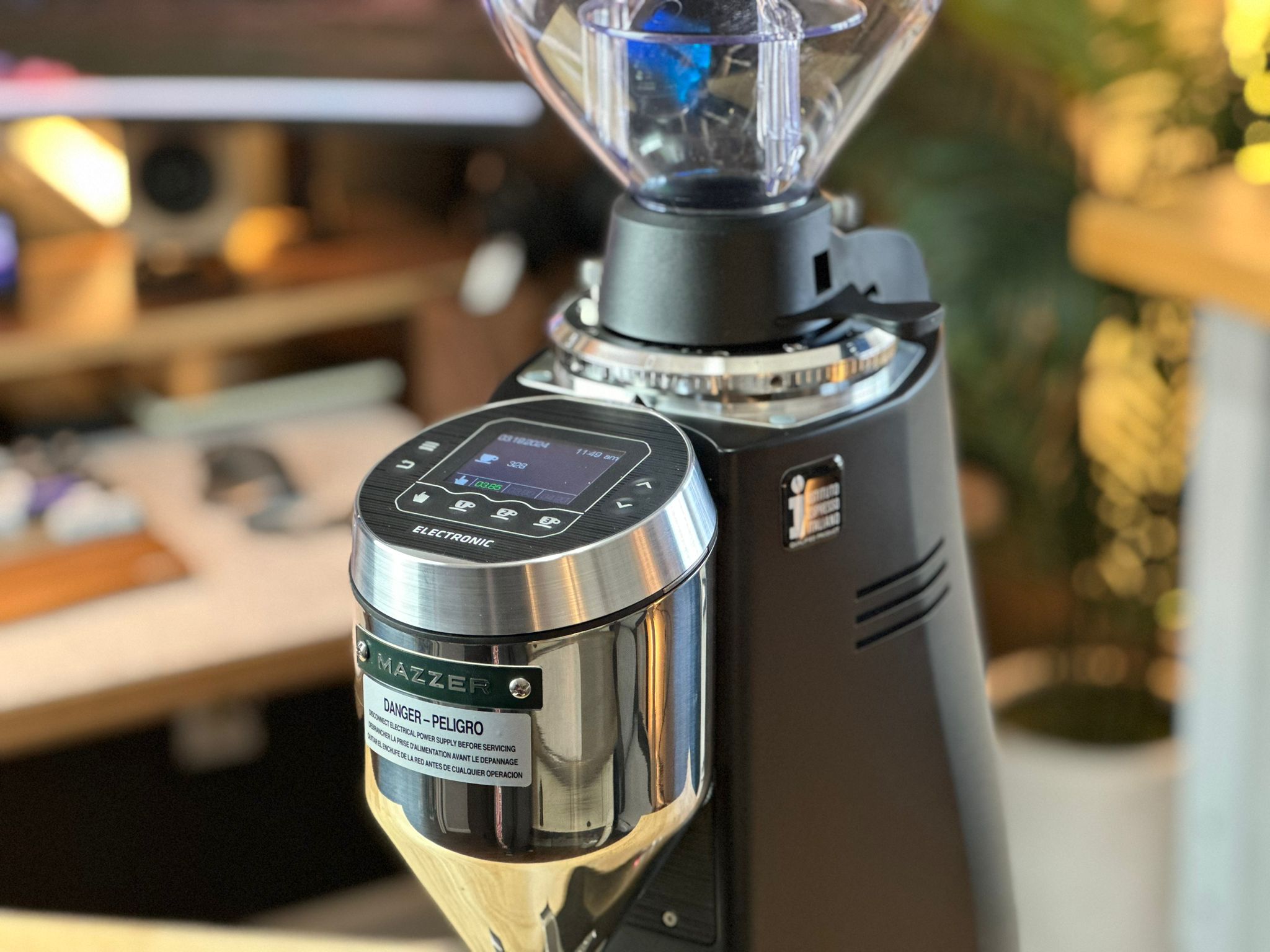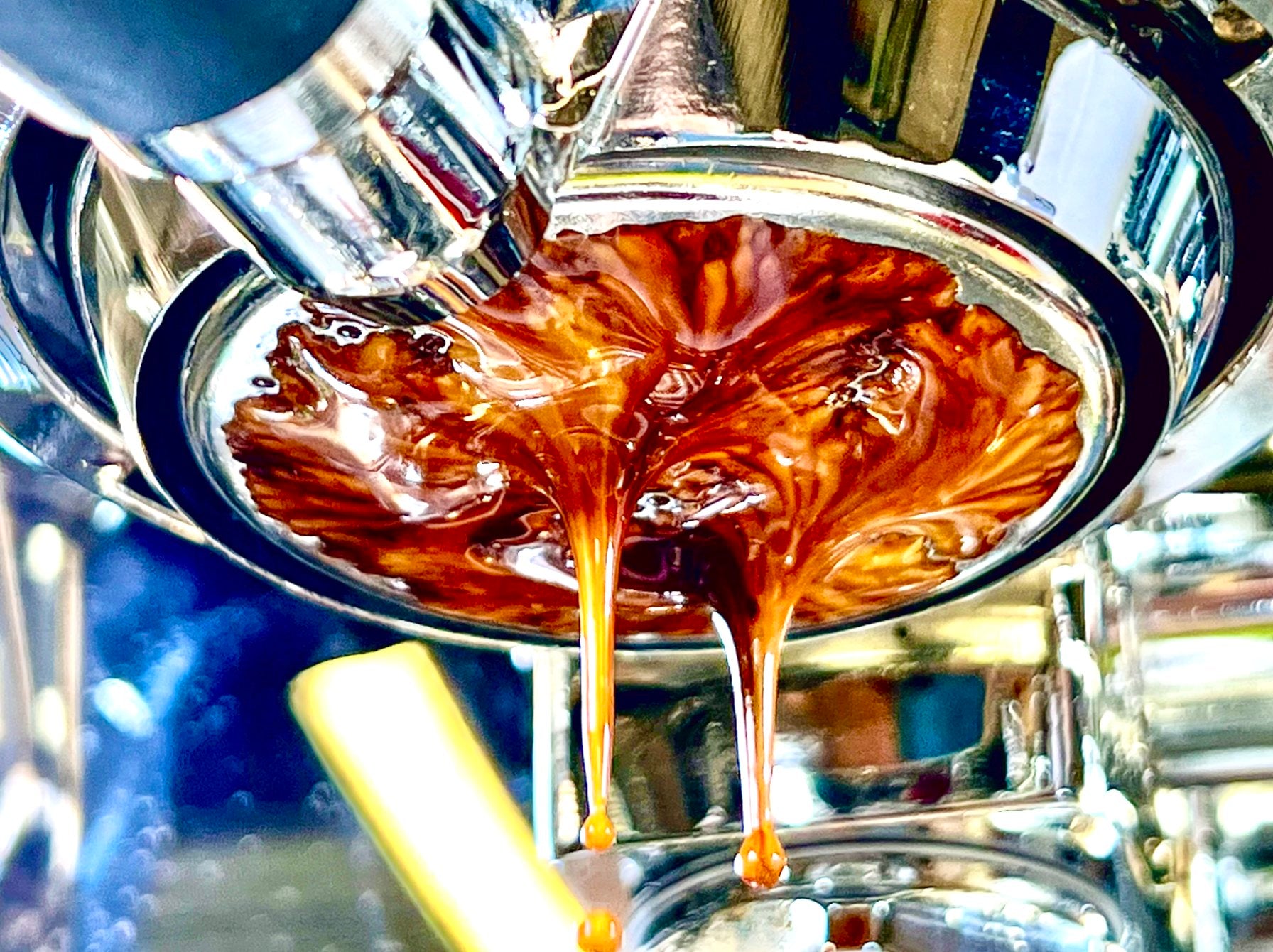Decaf Coffee: A Detailed Exploration
Decaffeinated coffee is a popular choice for those who enjoy the taste of coffee but wish to reduce or eliminate caffeine consumption due to health concerns, sensitivities, or personal preference. The process of decaffeination has evolved over the years, improving in efficiency and safety, while maintaining as much of the flavor and aroma of regular coffee as possible. This article explores the history, decaffeination processes, health implications, and scientific nuances of decaf coffee.
1. What is Decaf Coffee?
Decaffeinated coffee, or decaf, is regular coffee that has undergone a process to remove most of its caffeine content. By law in the U.S. and many other countries, decaffeinated coffee must have at least 97% of its caffeine removed, which typically results in a caffeine content of about 2-5 milligrams per 8-ounce cup, compared to 95 milligrams or more in a standard cup of coffee .
Though caffeine is reduced significantly, decaf coffee still retains much of the same flavor profile and aroma as regular coffee, although some processes may impact flavor to varying degrees.
2. The Decaffeination Process
Several methods are used to decaffeinate coffee, all of which aim to extract caffeine from the beans while preserving the flavor and aromatic compounds. These methods generally fall into two categories: solvent-based and non-solvent-based.
a. Solvent-Based Methods
Solvent-based decaffeination involves using chemical solvents to extract caffeine from the beans.
-
Direct Method: In this process, coffee beans are steamed and then rinsed directly with a solvent, usually methylene chloride or ethyl acetate. The solvent binds to the caffeine molecules, and after repeated rinsing, the caffeine is removed. The beans are then steamed again to remove any residual solvent.
-
Indirect Method: Here, the beans are soaked in hot water to dissolve the caffeine. The water is then separated from the beans, and a solvent is used to extract the caffeine from the water. The beans are reintroduced to the caffeine-free water, allowing them to reabsorb the flavors and oils while leaving the caffeine behind .
While methylene chloride is sometimes criticized for its potential toxicity, the U.S. FDA has approved its use in decaffeination, stating that the trace amounts left in the beans (less than 10 parts per million) pose no health risk .
b. Non-Solvent-Based Methods
-
Swiss Water Process: This is a chemical-free method of decaffeination that relies on water and osmosis to remove caffeine. In this process, green coffee beans are soaked in hot water, which dissolves the caffeine and flavor compounds. The caffeine-rich water is passed through a carbon filter, which traps only the caffeine molecules. The flavor-saturated water (now caffeine-free) is then reintroduced to a new batch of beans, allowing for flavor preservation without reintroducing the caffeine . This method is popular among consumers seeking organic or chemical-free coffee options.
-
Carbon Dioxide (CO₂) Process: The CO₂ process involves using supercritical carbon dioxide to extract caffeine from coffee beans. Supercritical CO₂ (which has properties of both a liquid and a gas) is forced into a high-pressure container filled with green coffee beans. The CO₂ binds to the caffeine molecules and removes them, leaving other flavor compounds behind. This process is considered efficient and environmentally friendly, as CO₂ is a natural compound that can be recycled .
3. Caffeine in Decaf Coffee
Despite being decaffeinated, decaf coffee is not completely caffeine-free. The amount of caffeine left after decaffeination can vary depending on the process used and the type of coffee bean. As mentioned earlier, decaf coffee generally contains about 2-5 mg of caffeine per 8-ounce cup, compared to 95-200 mg in regular coffee. However, some studies have found that certain decaf coffees may contain up to 15 mg of caffeine per cup, depending on the brand and decaffeination method .
The residual caffeine is not likely to affect most people, but those with severe caffeine sensitivities or who are advised by a doctor to avoid caffeine completely should be mindful of these small amounts.
4. Health Impacts of Decaf Coffee
Many of the health benefits of regular coffee are still present in decaf, as decaffeination does not remove the coffee's antioxidants, vitamins, or minerals. Here’s a closer look at the potential health benefits and risks associated with decaf coffee.
a. Health Benefits
-
Rich in Antioxidants: Decaf coffee still contains a significant number of antioxidants, such as chlorogenic acid and polyphenols, which are known to help reduce oxidative stress and inflammation in the body. These compounds can support heart health and reduce the risk of chronic diseases .
-
Lower Risk of Type 2 Diabetes: Studies have suggested that both regular and decaf coffee are associated with a lower risk of developing type 2 diabetes. A meta-analysis found that drinking 3-4 cups of coffee per day (decaf or regular) could lower the risk of type 2 diabetes by 25% .
-
Reduced Risk of Certain Cancers: Research has linked coffee consumption to a reduced risk of several types of cancer, including liver and colorectal cancer. The antioxidants and polyphenols present in decaf coffee may contribute to these protective effects .
-
Improved Liver Function: Some studies suggest that decaf coffee may support liver health by lowering liver enzyme levels, thus reducing the risk of liver disease .
b. Health Risks
While decaf coffee is generally safe to consume, there are some considerations:
-
Cholesterol: Some research indicates that decaf coffee, particularly when brewed using certain methods (e.g., unfiltered methods like a French press), can raise levels of LDL cholesterol. This effect seems to be more pronounced with coffee made from Robusta beans, which are often used in decaf .
-
Acidity: Decaf coffee still contains acids that can irritate the stomach or contribute to acid reflux in sensitive individuals. However, because caffeine can also stimulate stomach acid production, decaf may be a better choice for people with gastrointestinal issues .
-
Bone Health: While regular coffee in large amounts can lead to calcium depletion, decaf coffee poses less of a risk. The removal of caffeine reduces the risk of calcium loss, making decaf a better choice for people concerned with bone health .
5. Taste and Flavor Profile of Decaf Coffee
One of the main challenges of decaf coffee is maintaining the flavor profile that coffee lovers expect. Decaffeination can remove not only caffeine but also some flavor compounds, leading to a potentially blander or weaker taste compared to regular coffee.
-
Impact of Decaffeination on Flavor: The Swiss Water Process and CO₂ process are often regarded as the best methods for preserving flavor, as they focus on selectively removing caffeine while keeping the essential flavor compounds intact. On the other hand, solvent-based methods can sometimes result in a slightly altered or muted flavor.
-
Bean Selection: The type of beans used also impacts the flavor. Arabica beans, which have lower caffeine content naturally, are commonly used for decaf coffee due to their sweeter, smoother flavor compared to the stronger and more bitter Robusta beans. Blends designed for decaf often emphasize rich, chocolatey, or nutty notes to compensate for any flavor loss during the decaffeination process.
6. Decaf Coffee and Caffeine Sensitivity
For individuals with caffeine sensitivity—those who experience jitters, anxiety, or sleep disturbances from even small amounts of caffeine—decaf coffee provides a way to enjoy the flavor and experience of coffee without the stimulant effects. Caffeine-sensitive individuals should be aware, however, that decaf coffee is not completely caffeine-free, so it’s important to monitor consumption, especially if consuming several cups in a day.
Conclusion
Decaf coffee offers a compelling option for those who wish to enjoy coffee without the stimulating effects of caffeine. Modern decaffeination techniques have made significant strides in preserving the flavor and quality of the coffee while removing most of the caffeine. With a growing variety of decaf options available, it’s possible to find high-quality, flavorful decaf coffee that appeals to a wide range of tastes and preferences.
Though decaf coffee still contains small amounts of caffeine, it provides a healthier alternative for people sensitive to caffeine or those looking to reduce their intake while still enjoying the myriad health benefits coffee provides.
References
- Decaffeinated Coffee and Health. U.S. National Library of Medicine. Available from: https://pubmed.ncbi.nlm.nih.gov/decaf-caffeine-content
- The Coffee Association of America: Decaffeination Processes Explained. Available from: https://www.ncausa.org/decaf-processes
- Food and Drug Administration. (2019). Food Additives Status List. Available from: https://www.fda.gov
- Swiss Water Process Official Website. Available from: https://www.swisswater.com
- Carbon Dioxide Decaffeination Process. Coffee Chemistry. Available from: https://www.coffeechemistry.com/co2-decaffeination
- Mayo Clinic. "How Much Caffeine Is in Decaf Coffee?" Available from: https://www.mayoclinic.org/caffeine-in-decaf
- Diabetes Care Journal: "Coffee Consumption and Risk of Type 2 Diabetes". Available from: https://care.diabetesjournals.org











